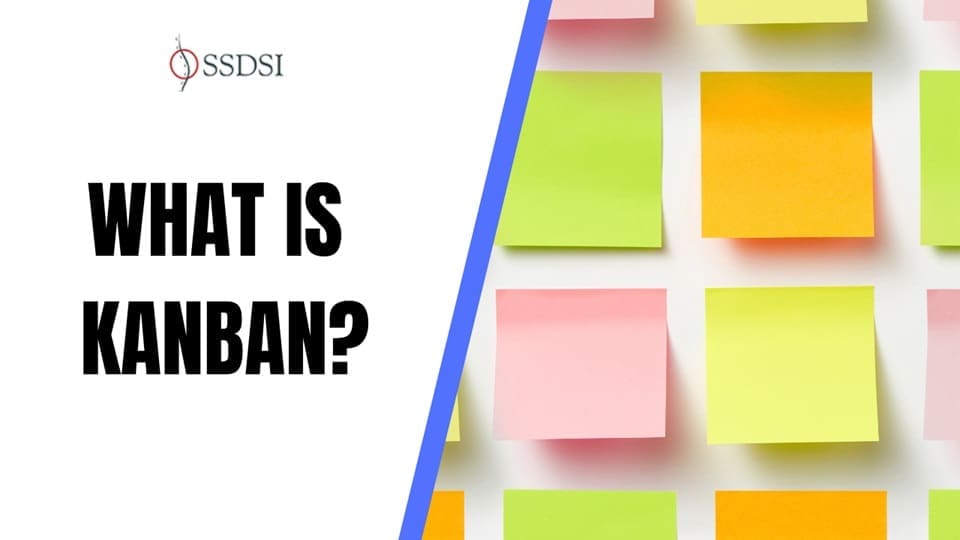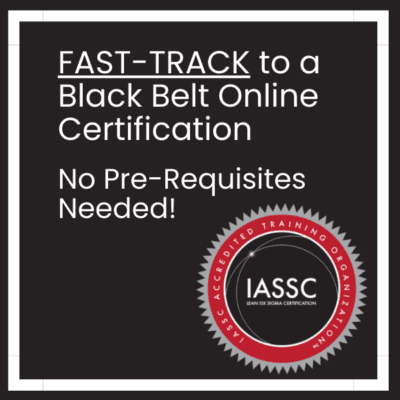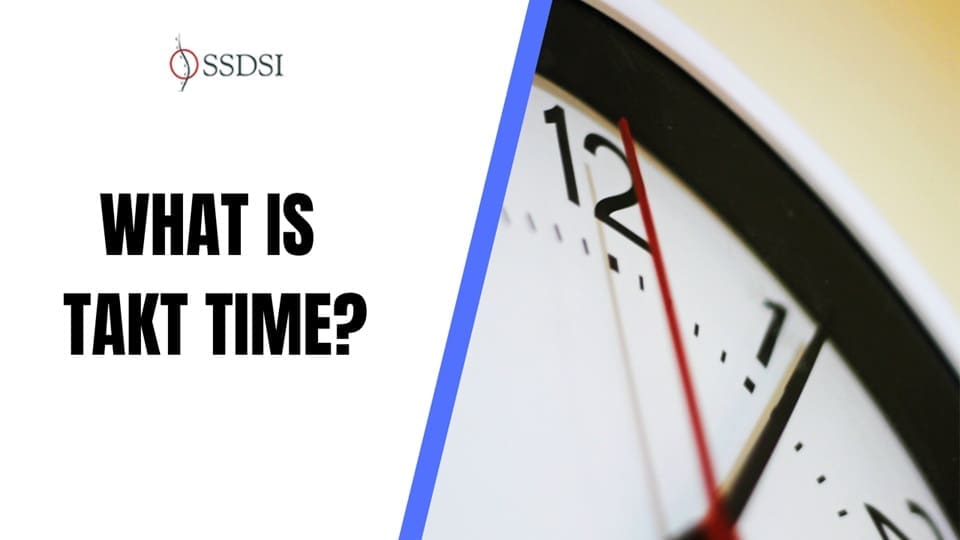

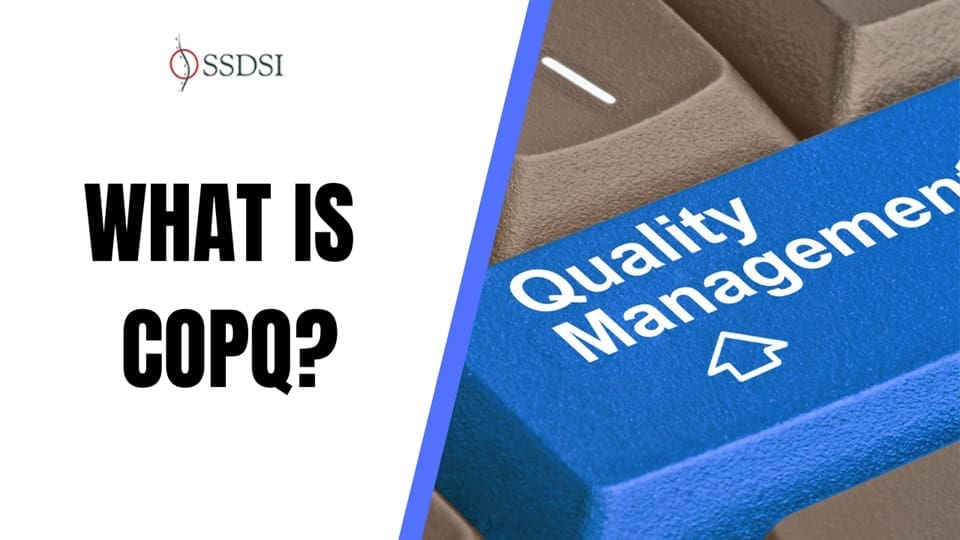
What is the Cost of Poor Quality (COPQ)?
The Cost of Poor Quality (CoPQ) refers to the financial impact caused by delivering subpar products or services. It represents the costs associated with deficiencies in quality, which can affect both a company’s bottom line and its reputation. This concept is crucial...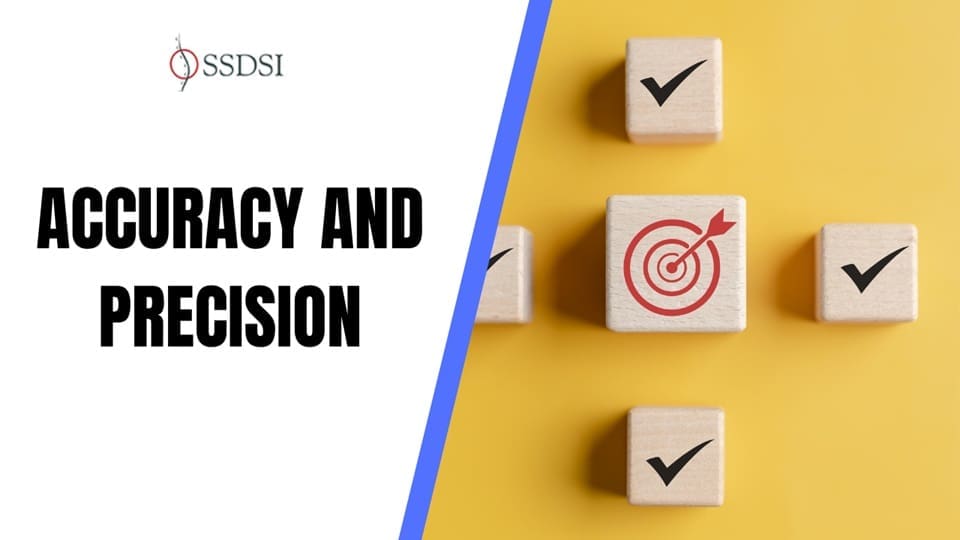
Key Differences Between Precision and Accuracy Explained
In science and engineering, we use accuracy and precision to assess the reliability of measurements. However, people often misunderstand or confuse these terms. Accuracy and precision represent distinct concepts, despite their common misuse. This article will explore...
What is Poka Yoke and How does it Works?
Poka Yoke is a Japanese term that means “mistake-proofing.” It refers to mechanisms used in lean manufacturing processes to help prevent mistakes from occurring, thus ensuring high-quality production and reducing defects. Introduced by Shigeo Shingo in the...